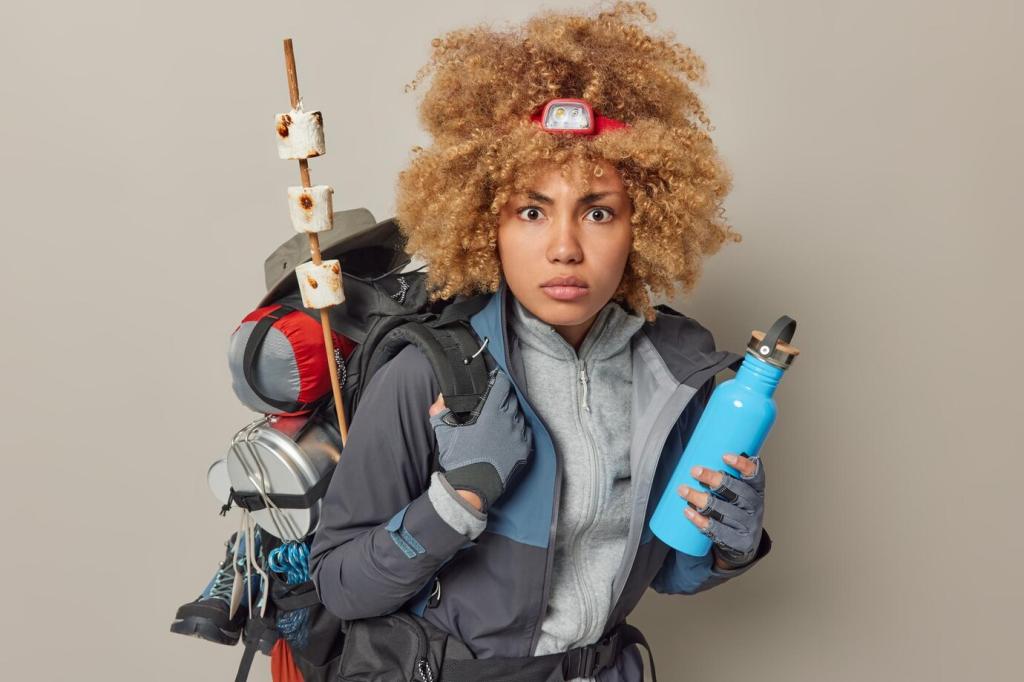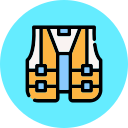Emergency Response Strategies for Mountain Hikers
Chosen theme: Emergency Response Strategies for Mountain Hikers. When the trail turns uncertain, your calm decisions, practiced skills, and clear priorities can turn crisis into a survivable story. Read on, ask questions, and subscribe for field-tested guidance tailored to real mountains and real hikers.
Assess Before You Act: Creating Clarity in Chaos
Hit pause to break the panic loop. Take ten slow breaths, scan hazards, define objectives, and only then act. On a foggy ridgeline in the Rockies, that single pause kept our group from wandering toward a cornice.
Assess Before You Act: Creating Clarity in Chaos
Before offering aid, make the scene safer. Move away from rockfall paths, unstable snow, or electrical storms. A short relocation can prevent a second casualty and create space for deliberate care, communication, and gear staging.
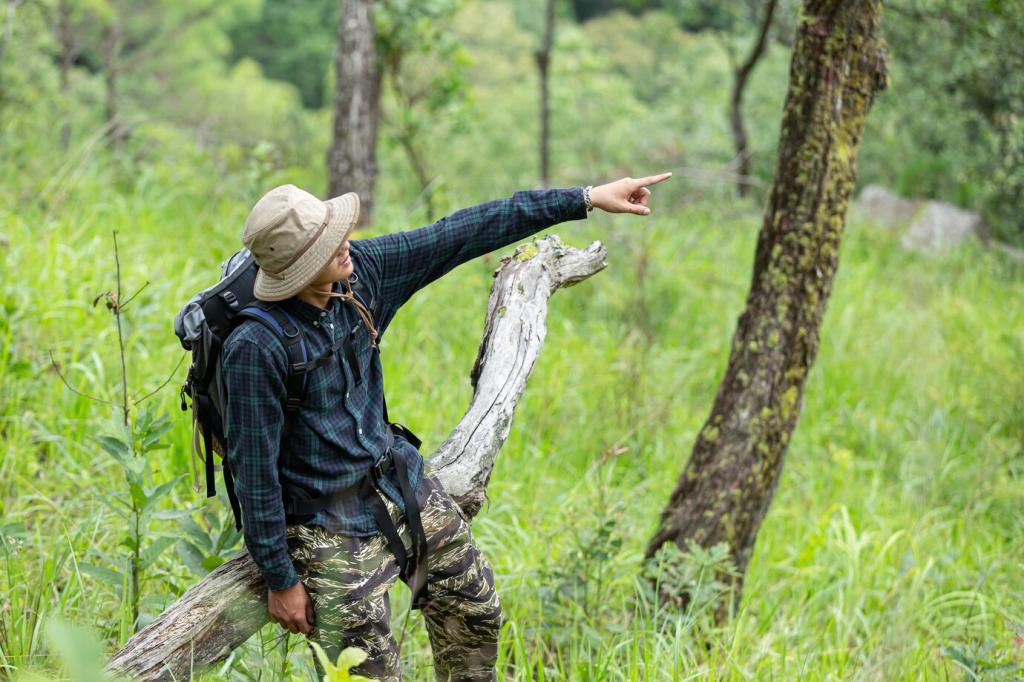
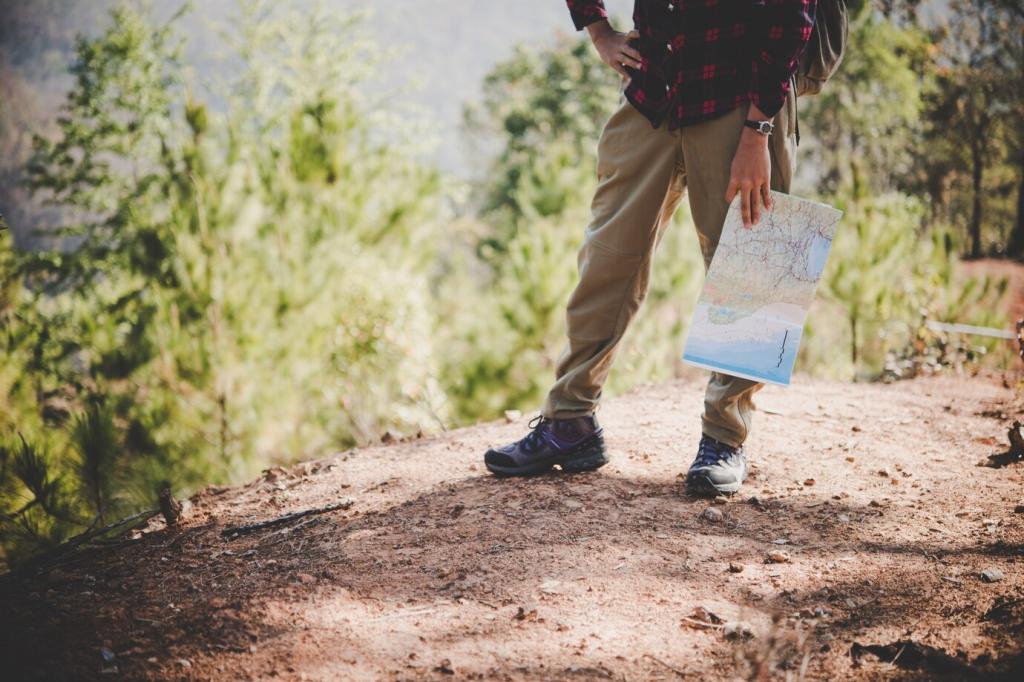
Radios, PLBs, and Satellite Messengers
Program channels, know regional repeater locations, and set emergency contacts in your device. A PLB or satellite messenger with a tested SOS function and updated firmware delivers coordinates even without cell coverage, greatly accelerating professional response.
Visual and Audible Signals
Use the rule of six: six shorts, one minute pause, repeat. Flash headlamps in clusters, wave a bright bivy, and arrange contrasting gear in a large X. In gusty conditions, a whistle penetrates farther than your voice and saves precious energy.
When No Signal Exists
Send a capable teammate on a deliberate, documented route to high ground or a known trail junction. Leave written details: time, direction, injuries, and planned return. A disciplined note prevented confusion during our winter traverse when radios iced over.
Staying Alive: Shelter, Heat, and Hydration
Use natural windbreaks, lay down an insulating layer, and seal drafts with packs and extra clothing. Even a minimalist bivy sack paired with a reflective tarp can stabilize a shivering hiker while you plan evacuation or await rescue.
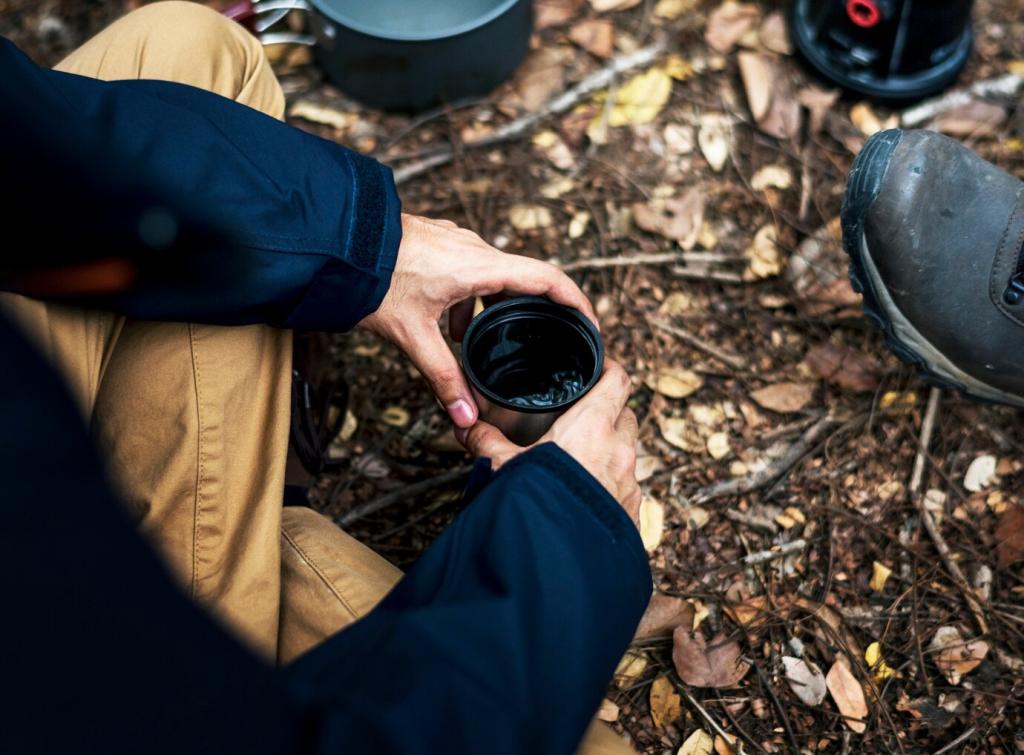
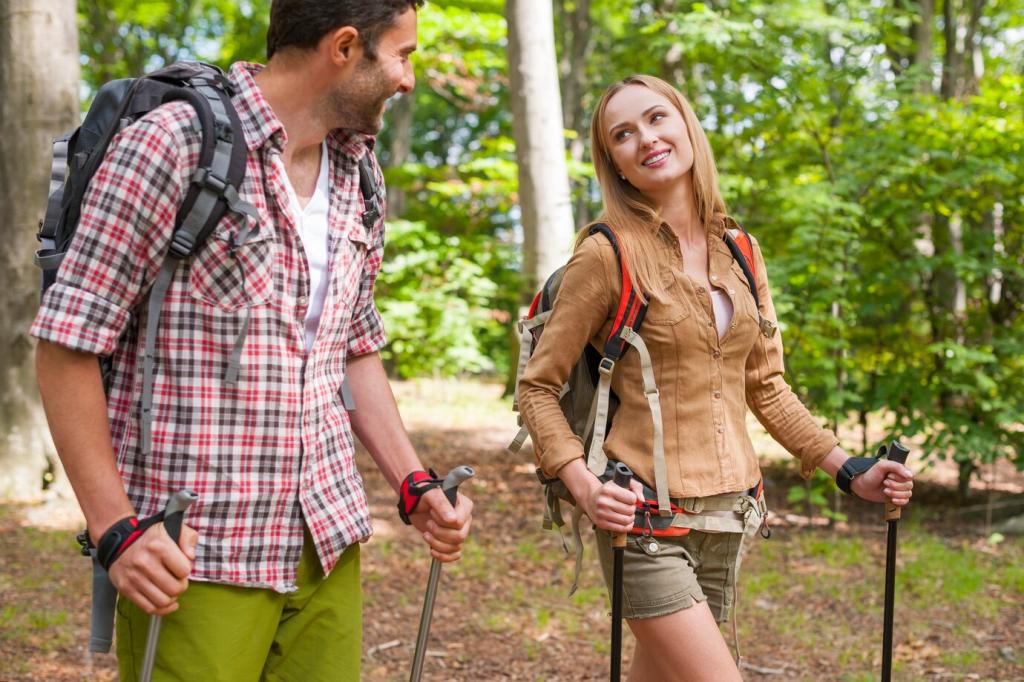
Staying Alive: Shelter, Heat, and Hydration
Adopt the H.E.L.P. mindset: Heat, Evacuate moisture, Layer, Protect from wind. Replace wet clothes, add a vapor barrier, and rewarm core areas first. Watch for the paradoxical burst of energy that often precedes dangerous hypothermic decline.
Mountain Medicine: First Aid That Works Up High
Direct pressure beats fancy gear when seconds count. Add a pressure dressing or tourniquet if bleeding continues. Clean wounds with purified water, then cover to protect from grit and cold, reducing infection risk until advanced care is available.
Immobilize above and below the injury using trekking poles, foam pads, and tape. Check circulation, sensation, and movement before and after. Our group once stabilized a broken wrist with a cut foam pad and scarf, enabling a slow but safe exit.
Headache, nausea, and fatigue can signal AMS; confusion and ataxia escalate concern. The definitive treatment is descent. Supplemental oxygen, rest, and a slow return to lower elevation often transform outcomes if you act early and decisively.
Navigation to Safety Under Pressure
Favor ridgelines over gullies in storms, avoid avalanche paths, and step back from cliff bands and cornices. Terrain association—matching what you see to the map—stays reliable when electronics die and gives your team confidence in hard moments.
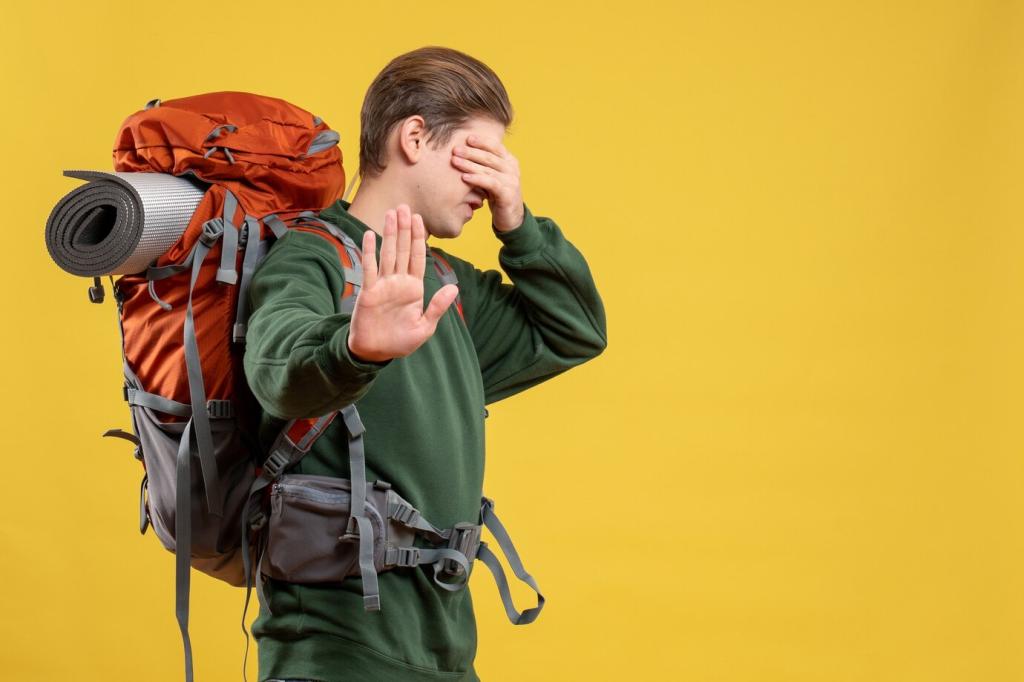
People First: Team Dynamics and Decisions
Good leaders invite input, assign roles, and protect the plan from panic. Rotate tasks—caller, medic, navigator—to reduce fatigue. When a sprain halted our descent, role clarity turned thirty chaotic minutes into an organized, warming, and encouraging regroup.
Provide Precise Location and Timeline
Offer coordinates, elevation, terrain hazards, weather trends, and the incident timeline. Note treatments already provided and patient response. The more precise your briefing, the faster rescuers can confirm priorities and move the patient along a safe route.
Signal Approaching Teams
Clear landing or approach zones, restrain loose gear, and assign a greeter with a high-visibility item. Use standardized hand signals and radios if available. A tidy, controlled scene tells rescuers your team is organized and ready to assist.
Document and Transfer Care
Hand over written notes: vitals, medications, allergies, injuries, and interventions with times. Confirm understanding and consent when possible. This respectful transition prevents duplication, preserves continuity, and ensures the hiker’s story guides the next steps.
